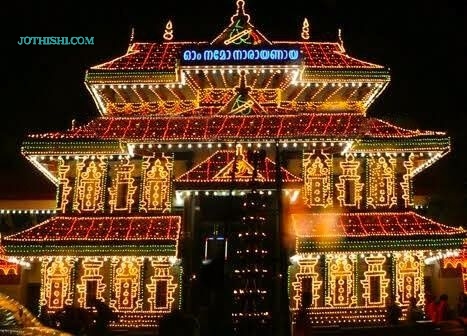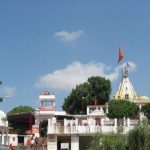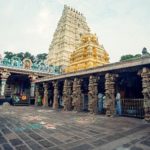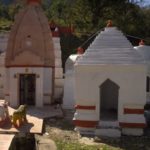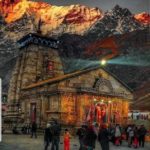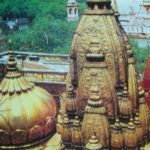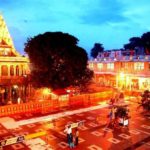Guruvayur Shri Krishna Temple is a very important Hindu pilgrimage centre in South India located at 10°35’40.4″N 76°02’21.7″E; approximately 30 Km North-West of Thrissur, Thrissur District, Kerala, India. The Temple is dedicated to Lord Vishnu in the form of Shri Krishna with an idol thought to date back 5,000 years. Some devotees invoke the lord as Balakrishna or Unnikrishna.
The sanctity and auspiciousness of the location:
The sacred temple pond – Aarattukulam, used to be known as “Rudratheertham”. Lord Siva worshipped Mahavishnu for years under the waters of this Rudratheertham. Thus, the name Rudratheertham, because of the presence of Rudra – Lord Siva. Legend has it that Its shores extended from the Guruvayur temple to Mammiyur – North of Guruvayur, to Thamarayur – about 3 kms to the North-west of Guruvayur. Melpathur Narayana Bhattathiri in his Narayaneeyam, refers to this pond as the lovely lake with Lotus (thamara) flowers.
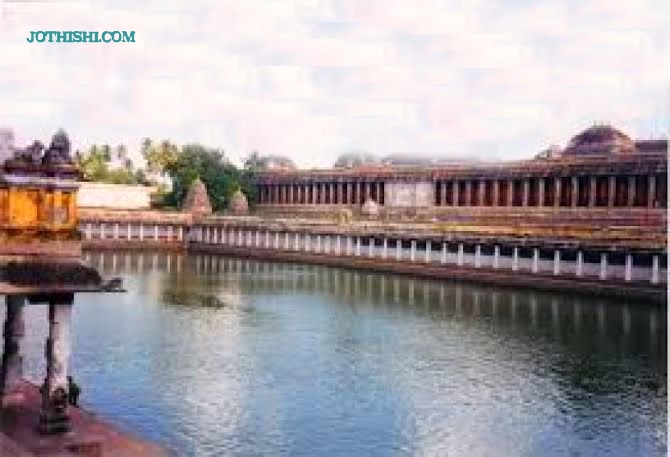
The Prechethas came to Rudratheertham to do tapasya and attain “Prajapathithwam” (become king of all kings) from Lord Mahavishnu. Lord Shiva, sensing this motive of the Prechethas, emerged from the Rudratheertham and revealed the “Rudrageetham” – a hymn in praise of Lord Mahavishnu. Siva guided them to chant it with all their heart to get their wishes fulfilled. The Princes won the favour of Lord Mahavishnu after rigorous tapasya spanning many years under the waters of Rudratheertham chanting the Rudrageetham. “Shrimad Bhagavatham”, Book 4 (Skandha IV), Discourse 24 (Slokas 33 – 43) are the Rudrageetham.
The Sanctity and auspiciousness of the Idol:
The idol carved out of “Paathalanjana Sila” is unique and considered extremely sacred. Legend is that this idol has been worshipped by Lord Vishnu himself in Vaikunta. The idol having been worshiped by Lord Vishnu himself in Vaikunta and now being worshiped at Guruvayur, lends the name of “Bhooloka Vaikunta” also to Guruvayur. Lord Vishnu handed over the idol to Lord Brahma. Lord Brahma bestowed it to King Suthapas and his wife. Worshipped by many subsequent generations, this idol is said to have been installed and worshiped by Lord Krishna himself at Dwaraka. At the time of Lord Krishna’s ascension to Vaikunta, Lord Krishna instructed Udhava to entrust Brahaspathi (the Guru of the Devas) with the task of taking the idol to a suitable place and consecrating it where people could worship it, so as to attain salvation in Kaliyuga.
As the sea started engulfing Dwaraka, Guru Brahaspathi along with his main disciple Vayu saved the idol. Guru and Vayu then searched for an ideal place to install the idol and build a temple. Sage Parasurama met them and led them to the bank of the Rudratheertham. Recognizing the sacred temple to be built for Lord Vishnu there, Lord Siva and Parvathi Devi shifted their divine presence to the opposite bank at Mammiyur. The idol being consecrated by Guru and Vayu here, Lord Siva declared that the place will henceforth be known as Guruvayur.
Vishwakarma – the devine architect was requested to build the temple. The idol was installed in the solar month of Kumbha. (February – March). The ceremony was begun on the seventh asterism of Pooyam and completed on the day of Anizham.

The idol is in the traditional form of Mahavishnu, with four arms each carrying the Sankh (conch), the Chakra (wheel), the Gadha (club) and the Padmam (lotus). Two other idols, one of Gold and the other of Silver are also used for poojas. The gold idol is used for the Sheeveli puja and other processions. The Silver idol is older than the Gold idol and is used for the Aarattu puja and other special ceremonies.
The Architecture of the temple:
While the temple is not an architectural marvel like the Sun Temple at Konark or the Meenakshi Temple at Madurai. The temple consists of the Sreekovil, the Chuttambalam and the Nadapura. Vishwakarma has built the temple in such a way that on the day of Vishu (Summer equinox – 14th April), the sun himself makes his obeisance . The first rays on that day fall straight on the Lord’s feet. The three outer walls of the Sreekovil has some mural paintings depicting episodes from Sri Krishna’ life and puranic stories.
Surrounding the Sreekovil is the Ankana surrounded by the Chuttambalam or the Naalambalam. . In the middle of the Ankana and right in front of the Sreekovil is the Namaskara Mandapam. A Vathilmatam is there on the two sides of the eastern entrance to the Naalambalam. It is on this South Eastern Vathilmadam that Melpathur meditated and composed the Narayaneeyam. There is a Ganapathy shrine to the south West side of the sreekovil within the Naalambalam. The Chottarra to the North of the scared well is where Saint Vilwamangalam is said to have had the darshan of a dancing Unnikrishna.

The outer wall of the Naalambalam has the Vilakkumatam made of nearly 8000 brass lamps on a wooden trellis. All these lamps are lit on special occasions and it is a beautiful sight to behold. Between the Eastern Gopuram and the east entrance to the Naalambalam, under the Nadapandal. is the Dhwajastamba. The Dhwajastamba is 600 feet in height and is plated in gold. The flag is hoisted to mark the beginning of the Annual festival and stays hoisted till the Aarattu is over, marking the end of the festival.
In the Nadapura, on the South East side, close to the Vilakumatam is the Shastha shrine. The mandala puja here is very special. Many devotees do their kettunira here and proceed to Shabarimala. In the South East side of the Nadapandal towards the temple outer wall is the Koothambalam. The pillars and the ceilings of the koothambalam are beautifully engraved, painted and lavishly embellished with ornamental filigrees and fittings. The north side of the Nadapura is called the Aanapandhal because of its height. Choroonu (Annaprasam) are conducted here. Various prasadam are also distributed in this north side of the nadapandal. The Annadanam hall is also located above these prasadam distribution counters. Tulabharam – a very important and auspicious offering to Lord Krishna is conducted towards the North East side of the temple in the Nadapandal.
Towards the North East of the Ndapandal is a devi temple called Edatharikathu Kavu. It is named thu because of its proximity to the Guruvayur temple. This is an upadevatha temple to the Guruvayur temple. The deity here is a Vana Durga, hence the shreekovil here does not have a roof. This shrine is said to be older than Guruvayur temple. Thalapolli is the important festival here. The last 10 days of the mandala season are also very holy for this temple.
Pooja routines:
Important Pujas that need advance booking:
The pooja routines as laid down by Adi Sankaracharya are followed. These were later written in to the Tantrasamuchaya by Chennas Narayanan Namboodiri. The Chennas Namboodiris family are the hereditary Tantri of Guruvayur temple.
Udayastamana Pooja,
Namaskaram,
Krishnanattam




